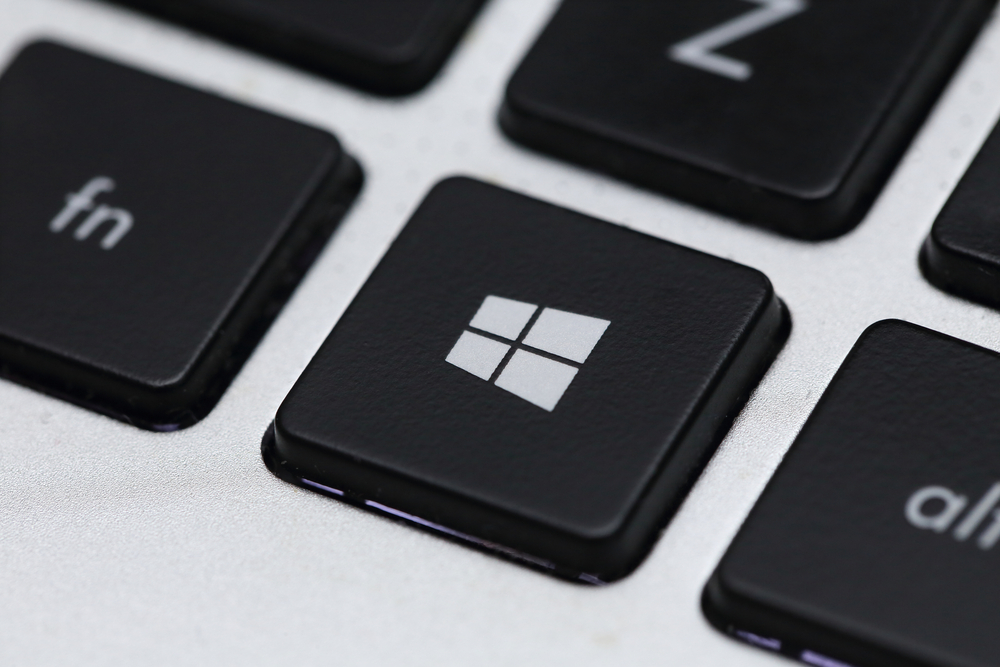How to install Windows 11 on a Mac
Installing Windows 11 on a Mac can present benefits for IT professionals and developers, but you must first check which type of machine you have


Apple and Microsoft might have once seemed akin to two children squabbling over attention, pitting their flagship macOS and Windows operating systems against one another for decades. Indeed, the two tech giants have enjoyed a significant rivalry, exemplified by the infamous television spot nearly 20 years ago.
Not everyone needs to choose between the two, however. There are, after all, a handful of ways to install Windows on a Mac. There are a number of reasons why anyone would wish to upgrade to Windows 11, but, for Mac users, this isn’t a simple process and isn’t recommended for novice users, nor those using a managed device with heavy restrictions.
What are the benefits of installing Windows on a Mac?
The biggest reason to install Windows on a Mac is to dual-wield the capabilities of both systems. Some industries use tools that only work on one framework over the other. The theatre industry standard software Qlab, for example, is only available on macOS. Perhaps you’re a video editor or music producer who can’t bear to part with Final Cut Pro and Logic, but also want to live within the Windows ecosystem. Many also prefer to use the Adobe suite of creative apps on M1 and M2-fitted macOS devices but prefer the Windows 11 user interface (UI).
Although Windows stopped accepting app exclusivity requests in 2020, there are still a fair few reasons to stay on Microsoft’s side of your machine, not least of all the easier integration of tools like remote desktop, if you’re using your Mac away from your Windows-based office. There are also a handful of handy Windows 11 tips and tricks IT professionals can take advantage of.
The third reason is that developers can use a dual OS system to test applications natively. With the endless coding issues that come with app development, being able to replicate the issue with the machine in your own hands can ease stress and increase the speed of production and testing.
With the integration of macOS on Windows machines – otherwise known as a Hackintosh – rife with challenges, installing Windows on a Mac remains the way to go. Actually doing so, however, might vary depending on your Mac’s specific architecture.
How to prepare your Mac for Windows 11
Figure out what variant of Mac you have
Apple machines were, until recently, fitted with Intel chips before Apple produced its own line of CPUs, first with the M1 and now the M2. To figure out which edition you own, click the small Apple logo in the top-left corner of your screen, and open About This Mac. The windows will then display your machine’s CPU under Processor.
Get the ITPro daily newsletter
Sign up today and you will receive a free copy of our Future Focus 2025 report - the leading guidance on AI, cybersecurity and other IT challenges as per 700+ senior executives
Check if your Mac is compatible with Windows 11
Next, you must make sure your macOS system can run Windows 11 at all before you delve into the installation process. Microsoft’s latest flagship operating system has enhanced security features, including Trusted Platform Module (TPM) 2.0 and secure boot requirements, both of which can be challenging for Apple machines.
A handful of macOS devices, although they’re nearly ten years old, can't even run the newly released Chrome Flex OS, which is a much lighter lift than a Windows 11 installation.
Most experts suggest using tools like Parallels to install an additional OS, regardless of your machine’s architecture, because of the ability to run both installations at once. Using other tools with previous versions of Windows, like Boot Camp with Windows 10, means having to reboot your computer every time you want to switch operating systems.
Ensure you’ve met the following requirements
There are a number of additional requirements you need to ensure you’ve met in order to proceed with installing Windows 11 onto your macOS device.
Firstly, regardless of the machine onto which you’re installing Windows 11, you will need a Windows 11 licence. Ensure you’ve purchased one, or your organisation has given you access to a legitimate license.
While Parallels can manage Windows 11 on an M1 and M2 Mac, it can only do so with the Arm-based variant of the OS rather than the x86 that is available on Intel machines. For full compatibility information, click here. Parallels also runs both systems concurrently, meaning more load on your machine. Older hardware might become overworked and struggle to cope.
Finally, be wary of any workarounds that mention a custom ISO to get around the need for TPM 2.0 compatibility. Like with the slew of issues that can arise from trying to install Apple software on a PC, things like system updates may disrupt your experience post-installation.
Installing Windows 11 on a Mac using Parallels
Parallels creates a virtualised Windows machine that you run from your Mac. As of February 2023, Microsoft officially supports the virtualisation of Windows 11 on Macs via Parallels, but only the Arm version.
You'll need Parallels Desktop version 18 to get the officially supported version, as well as a valid Windows product key. The officially supported Windows 11 versions are Windows 11 Pro and Windows 11 Enterprise.
If it's a first-time setup, you can select to easily download and install Windows 11 on a Mac when Paralells runs for the first time. Click on the Parallels icon in the Mac menu bar, then New > Get Windows 11 from Microsoft > Install Windows.
To install Windows 11 outside of this automatic workflow, you need to download an ISO image and have a valid product key to hand. You can start this process by navigating: File > New > Install Windows or another OS from DVD or image file > Continue. The rest of the process is self-explanatory and involves minimal effort. It requires you to select the correct Windows version corresponding to your ISO image, enter your product key, and specify a name and location for your virtual machine.
Installing Windows 11 on Mac using Boot Camp
An alternative method of installing Windows on a Mac has been to use Boot Camp, a free utility that allows you to load into either OS on startup, and switch between the two when rebooting your machine. Boot Camp, however, is not supported by Apple machines fitted with an M1 or M2 chip.
You can still install Windows 11 onto older Mac devices fitted with Intel CPUs, however. Apple has devised a set of guidelines you can follow to install Windows 10 on older Mac devices, although users are recommended to opt for Windows 11 where possible.

John Loeppky is a British-Canadian disabled freelance writer based in Regina, Saskatchewan. He has more than a decade of experience as a professional writer with a focus on societal and cultural impact, particularly when it comes to inclusion in its various forms.
In addition to his work for ITPro, he regularly works with outlets such as CBC, Healthline, VeryWell, Defector, and a host of others. He also serves as a member of the National Center on Disability and Journalism's advisory board. John's goal in life is to have an entertaining obituary to read.